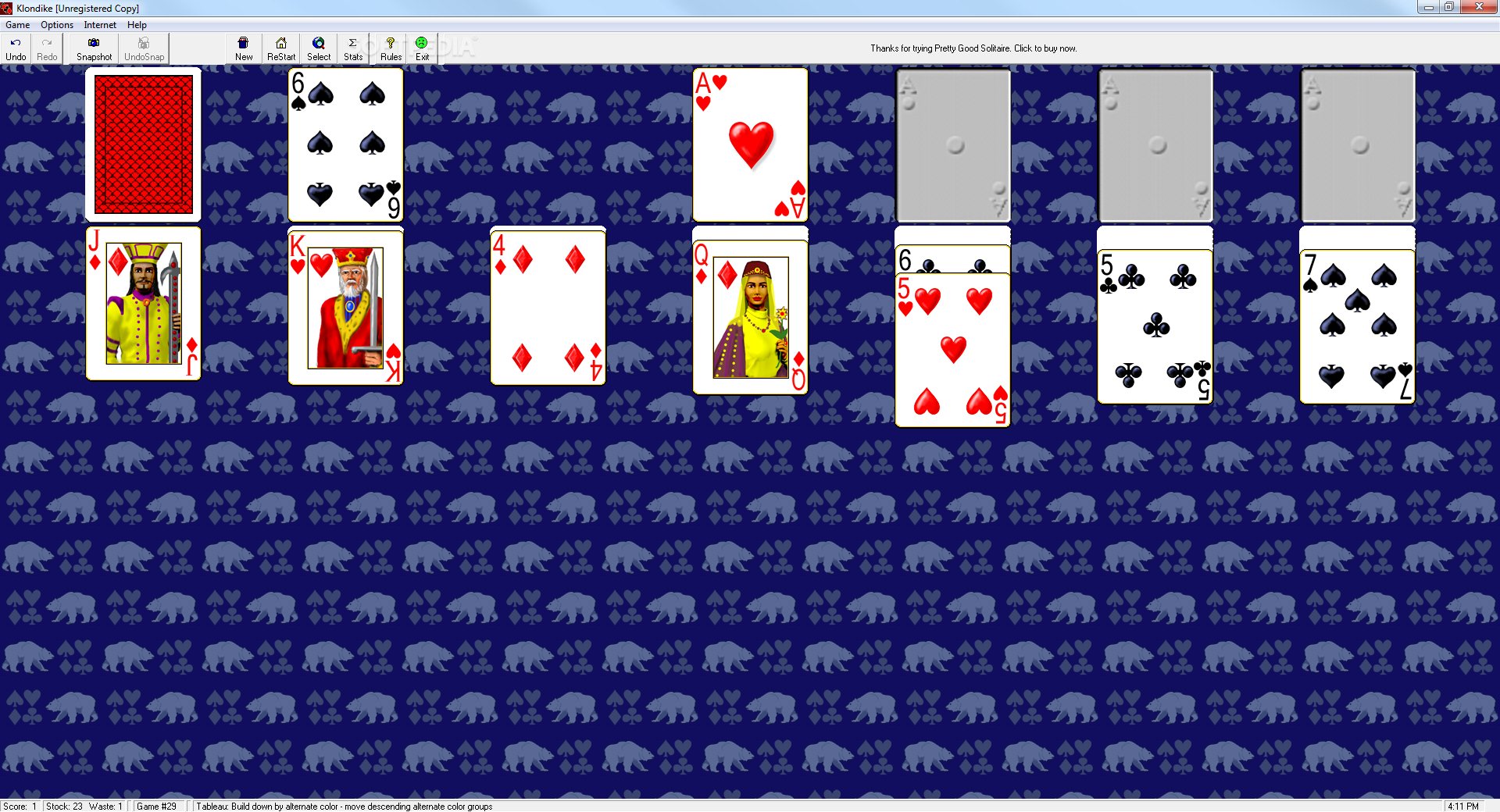
Deconvolution theory was used for image processing to derive dialysate flows, dialysate volumes, and mean transit time distributions. Using a multi-detector row CT unit, perfusion studies were performed on two different types of hemodialyzers: (A) straight fiber configuration (B) undulated fiber configuration (wavy-shaped fibers). The authors analyzed the effects of undulated fibers on dialysate flow profiles and hemodialyzer reliability using a perfusion CT. Uniform dialysate distributions in hollow-fiber hemodialyzers facilitate effective solute removal, and the fiber structure inside hemodialyzers plays a significant role in determining dialysate flow distribution and dialysis efficiency. This case report highlighted the fact that sinus pericranii with minimal communication with the dural sinus can be treated by removal of the mass and closure of the cranial bone abnormalities with bone wax without craniotomy. Pathological examination showed a multiple lobular cyst with endothelial wall lining. Open surgery revealed that the mass existed between the galea aponeurotica and the periosteum, which had a small communication with the emissary vein.

3D-CT demonstrated three tiny bone defects beneath the mass. Neither did direct injection of contrast medium into the mass revealed any communication. Cerebral angiogram showed no communication between the mass and the superior sagittal sinus. Gd-DTPA study showed irregular enhancement.

intensity on the T1 weighted image and high signal intensity on the T2 weighted image. Magnetic resonance imaging (MRI) demonstrated a mass with mixed signal. The mass decreased in size under mild compression, and during standing position, but increased in size due to lying down. He was noticed to have had it since 3 years before. A 5-year-old boy was admitted to our hospital, complaining of scalp mass located at the midparietal region. VPCT of the entire brain is feasible and highly sensitive test for the confirmation of CCA in the diagnosis of brain death.Ī case of sinus pericranii was reported. In one patient (patient 11), who underwent decompressive craniectomy, VPCT showed critically limited, but persistent perfusion in fronto-parietal region and in basal ganglia of the right hemisphere. The detailed results are presented in Fig.1 and 2. In these 12 cases CBF and CBV values in all ROIs were below the thresholds for necrosis. VPCT confirmed CCA in 12 out of 13 (92%) cases. Thirteen patients (6 females) with a mean age of 54 years (17-78 years) were examined.

Shortly after VPCT, a complete clinical testing for determination of BD was performed. CBF and CBV values were calculated using deconvolution algorithm in ROIs covering brain stem, cerebellar hemispheres, cortico-subcortical regions of frontal, parietal and temporal lobes and in basal ganglia.ĬCA was diagnosed in cases, in which CBF and CBV in all ROIs were below the well-known thresholds for neuronal necrosis: 12 ml/100g/min and 1.2 ml/100g respectively. The studied population was recruited from adult patients, who fulfilled the standard clinical criteria of BD.Īll subjects underwent VPCT using a 128-slice multidetector CT scanner.

The aim of the study was to assess the sensitivity of VPCT for the confirmation of CCA in the diagnosis of brain death. However, VPCT for the diagnosis of CCA has not been evaluated in quantitative study up to date. This would potentially constitute a better alternative to the existing ancillary tests. The advent of CT scanners capable of covering over 8 cm in z-axis (9.6-cm z-axis coverage for the scanner used in this study, leading to the term “volume perfusion CT“ ) enables an assessment of the whole brain perfusion. The existing methods have a number of significant limitations. In such cases, ancillary tests confirming cerebral circulatory arrest (CCA) are helpful. In certain situations, termed as confounding conditions, complete and reliable clinical assessment cannot be performed. To declare death in a patient with coma, the absence of brain stem reflexes and breathing drive must be confirmed by neurological examination.


 0 kommentar(er)
0 kommentar(er)
